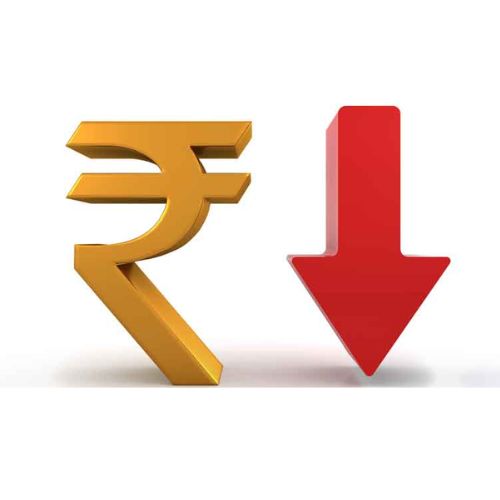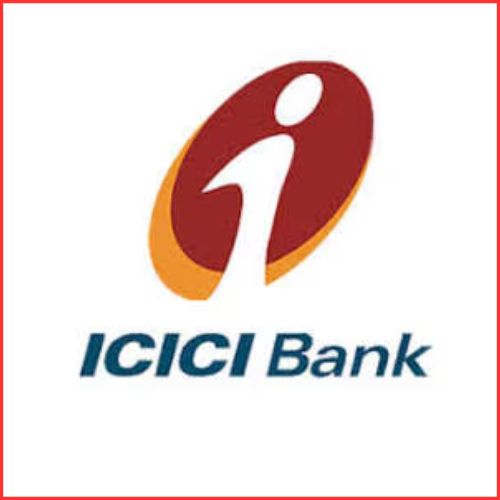India recently presented a market borrowing plan that was lower than anticipated, as part of an effort to reduce the budget deficit by increasing dependence on the country’s small savings.
The announcement made on February 1 resulted in a significant decrease in the yield of 10-year benchmark bonds, which was the largest decrease in over two months. However, the bond market has since partially recovered, as the budget outlook becomes more challenging with commercial interest rates rising in response to a stringent monetary policy.
The government has committed to reducing its budget deficit to 5.9% of the country’s gross domestic product in the fiscal year beginning April 1, from 6.4% this year. Despite maintaining the same level of reliance on market borrowing to address the shortfall, the administration of Prime Minister Narendra Modi intends to increase the contribution of small savings to over 26% in the next fiscal year, up from 24% currently.
The government finances its fiscal deficit through a combination of borrowing from the bond market, revenue from small savings, and a reduction of its cash balance. By limiting bond sales, the government can control the cost of borrowing.
However, as commercial interest rates increase due to the 250 basis point tightening by the Reserve Bank of India, it may become challenging for the government to attract small savings. This is because depositors are likely to place their funds in more appealing bank fixed deposits rather than government-backed savings schemes, where the interest rates tend to adjust at a slower pace.
According to a report by Emkay Global Financial Services Ltd., collections from the National Small Savings Fund experienced a decrease of around 9.5% in the current year. This makes the government’s projection of a 7% growth in the small savings fund to reach 4.7 trillion rupees in the next fiscal year seem optimistic.
According to Madhavi Arora, lead economist at Emkay Global, “It remains to be seen if the small savings fund, which has received a boost from budgetary incentives, will maintain its performance as bank savings rates become more appealing.”
Despite the government raising the rates on most offerings under its small savings fund for the January-March quarter by 20 to 110 basis points, with the plan for senior citizens offering returns as high as 8%, Indian banks have been increasing their lending and deposit rates in line with the policy rate set by the RBI.
Experts believe that Indian banks may continue to increase deposit rates to align with the RBI’s repurchase rate of 6.50%, which could pose a significant challenge to the government’s efforts to increase collections under the National Small Savings Fund.
Finance Secretary TV Somanathan acknowledged the possibility that collections from small savings may not meet the target in the fiscal year ending March 2023 and stated in an interview that Treasury bills, state government funds, and external borrowings are available options that could be used to address the shortfall in the event of that outcome.
The Indian government is relying on the improved rates offered by small savings and a new program for women to attract depositors. If necessary, it always has the option to increase short-term borrowings to address any temporary cash shortfall in the next fiscal year. In the current fiscal year, the government increased its borrowing through Treasury bills by 500 billion rupees, while maintaining stability for dated securities.














